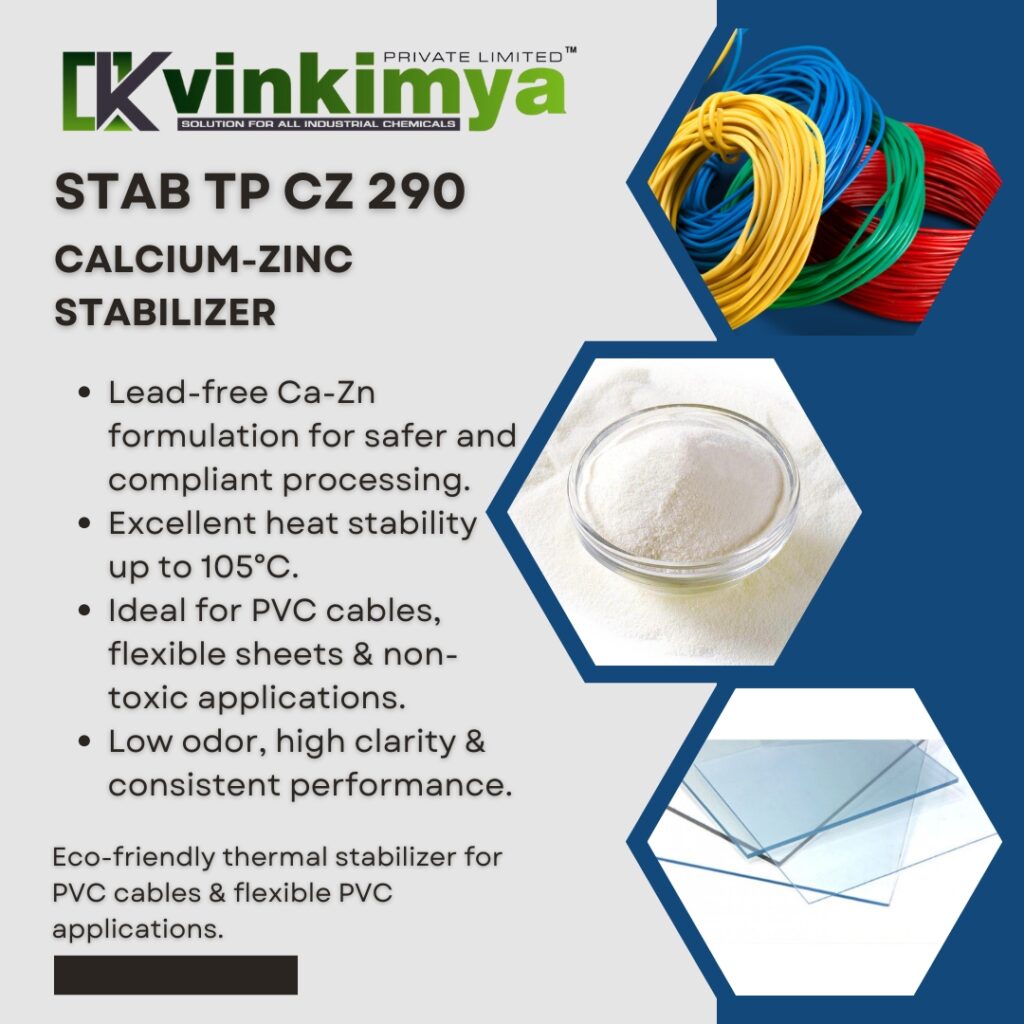Fillers and plasticizers play a crucial role in PVC and other polymer applications, especially in shoes, sheets, and cable manufacturing. Understanding their impact on polymer properties is essential for producing high-quality, durable, and cost-effective products.
Role of Fillers in Polymers:
Fillers are materials added to polymers to increase rigidity and hardness. By incorporating fillers, the polymer structure becomes stronger, improving tensile strength and mechanical performance.
- Pros of Fillers:
- Increases tensile strength of the polymer.
- Improves wear resistance and durability.
- Reduces production costs by replacing expensive polymer content.
- Cons of Fillers:
- Reduces elongation and flexibility.
- May affect processability if not properly dispersed.
Role of Plasticizers in Polymers:
Plasticizers are additives that increase flexibility and elasticity in polymers. By softening the polymer matrix, plasticizers enhance elongation and overall pliability, which is critical in applications like flexible pipes, sheets, and cables.
- Pros of Plasticizers:
- Increases polymer flexibility.
- Enhances elongation and impact resistance.
- Improves processing by reducing viscosity.
- Cons of Plasticizers:
- May reduce tensile strength.
- Excessive use can affect thermal stability.
Balancing Fillers and Plasticizers:
The combination of fillers and plasticizers must be optimized depending on the end-use of the product:
- In shoes and sheets, more plasticizer ensures flexibility for comfort.
- In cables and rigid pipes, more fillers ensure strength and durability.
- Research shows that tensile strength and elongation vary based on filler and plasticizer ratios, helping manufacturers customize polymers for specific applications.
At Vinkimya, our experts guide manufacturers in selecting the right additives, ensuring maximum performance, cost efficiency, and customer satisfaction.
Common Pipe Manufacturing Problems in PVC Extrusion:
PVC pipe manufacturing faces several challenges, especially in extrusion processes. Understanding these problems helps improve quality and reduce production costs.
1. Wavy or Uneven Pipe Surface:
- Pipes may develop a wavy structure on the inner side due to inconsistent extrusion speed or improper cooling.
- Solution: Optimize extruder settings and cooling tank efficiency to achieve a smooth surface.
2. Excessive Wall Thickness:
- Over-extrusion can result in thicker-than-required walls, increasing material cost and reducing efficiency.
- Solution: Control extrusion tolerances between the pipe’s outer diameter (O.D.) and inner diameter (I.D.).
3. Line Streaks and Surface Scratches:
- Pipes may show lines, streaks, or scratches on the inner and outer surfaces due to improper die alignment or contamination.
- Solution: Regular maintenance of the extruder, die, and puller system ensures consistent surface quality.
Cost Reduction Strategies in Pipe Manufacturing:
Reducing production cost while maintaining quality is a priority in PVC pipe extrusion. Key strategies include:
- Optimizing Polymer Formulation:
- Proper selection and homogeneous compounding of fillers, plasticizers, and additives improve processability and reduce defects.
- Minimizing Tolerances:
- Reducing the gap between O.D. and I.D. improves material efficiency and saves raw material.
- Enhancing Extruder Performance:
- Adjusting extruder screw speed, temperature, and pressure optimizes output and reduces electricity consumption.
- Improving Cooling & Pulling Systems:
- Efficient cooling tanks and pullers enhance pipe quality and reduce production downtime.
- Regular Equipment Maintenance:
- Prevents defects such as surface scratches, streaks, or uneven thickness, ensuring high-quality pipes.
Why Choose Vinkimya for PVC Additives & Pipe Manufacturing Solutions:
- Expert Guidance: Technical support for formulation and additive selection.
- Customized Solutions: Optimize polymer properties for specific applications.
- Enhanced Efficiency: Reduce production costs without compromising quality.
- Customer Satisfaction: Prioritize performance, reliability, and cost-effectiveness.
